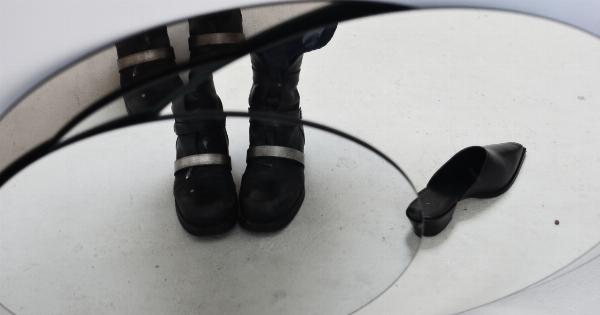Diabetes is a chronic disease that affects millions of people worldwide. Due to high levels of sugar in the blood, people living with diabetes are at higher risk of developing complications that affect different parts of the body, including the feet.
The diabetic foot is a severe condition that can lead to severe infections, amputations, and even death. However, with the right knowledge and management, people with diabetes can prevent the complications of diabetic foot and enjoy a better quality of life.
What is Diabetic Foot?
Diabetic foot is a condition that affects people with diabetes and refers to a range of foot problems. High levels of blood sugar can lead to nerve damage (neuropathy) and poor blood circulation (peripheral vascular disease).
These two factors combined make the feet more susceptible to injury, infection, and slow healing if injured.
In diabetic feet, minor cuts, blisters, or injuries often go unnoticed. Gradually, these minor injuries can turn into severe infections that can lead to more significant complications and, in some cases, limb amputation.
How Does Diabetes Affect Foot Health
Diabetes affects the body’s ability to produce or use insulin, a hormone that regulates blood sugar levels.
People with diabetes often have high levels of sugar in their blood, which can lead to nerve damage (neuropathy) and poor blood flow (vascular disease).
The peripheral nerves are responsible for sending messages from the brain and spinal cord to the rest of the body, including the feet. Diabetic neuropathy, or nerve damage, can disrupt these messages, causing a lack of sensation or numbness in the feet.
This numbness can make it challenging to notice any injuries that occur on the feet.
Peripheral arterial disease (PAD) is a condition that affects blood flow to the feet and legs. People with diabetes are at a higher risk of developing PAD due to the damage high blood sugar levels can cause to the blood vessels.
Poor circulation can lead to a lack of oxygen and nutrients reaching the feet, making it harder for injuries to heal.
Risk factors for Diabetic Foot
Anyone living with diabetes is at risk of developing diabetic foot. However, some factors can increase a person’s risk of developing the condition, including:.
- Poor blood sugar control
- High blood pressure
- High levels of cholesterol
- Sedentary lifestyle
- Smoking
- Being over 45 years of age
- Previous foot injuries or amputation
- History of nerve damage or neuropathy
The Symptoms of Diabetic Foot
The symptoms of diabetic foot can vary but may include:.
- Numbness or tingling in the feet
- Burning or shooting pain in the feet
- Change in foot color or temperature
- Swelling in the foot or ankle
- Ulcers, blisters, or sores on the feet
- Corn or calluses
- Poor nail growth
- Ingrown toenails
It’s vital for individuals with diabetes to check their feet daily and to report any changes or symptoms to their healthcare provider immediately.
Prevention of Diabetic Foot
Prevention is the best way to avoid the complications of diabetic foot. People with diabetes can take different steps to reduce their risk of developing diabetic foot, including:.
- Maintaining good blood sugar levels
- Keeping blood pressure and cholesterol in check
- Regular exercise
- Eating a balanced and healthy diet with a limited intake of processed sugars
- Inspecting the feet daily for cuts, blisters, sores, and any other changes
- Washing the feet daily with lukewarm water
- Drying the feet thoroughly after washing, especially between the toes
- Applying moisturizer to the feet to prevent the skin from drying and cracking
- Avoiding smoking and excessive alcohol consumption
- Wearing comfortable shoes and socks with enough space to accommodate the feet
Treatment for Diabetic Foot
The treatment of diabetic foot depends on the severity of the condition. Minor injuries can usually be treated with regular cleaning, antibiotics, and covering the affected area with a sterile dressing to promote healing.
For severe cases, where an infection has developed, hospitalization may be required. Treatment may involve antibiotics, wound debridement (removal of dead tissue), and surgery to remove any infected tissue or bone.
In extreme cases, amputation may be required to prevent the infection from spreading or becoming life-threatening.
Conclusion
Diabetic foot is a serious condition that affects many people with diabetes. It is essential to take preventative measures as early as possible to avoid the complications that may arise from it.
This includes daily monitoring and care of the feet, maintaining good blood sugar levels, and following a healthy lifestyle. Regular visits to a healthcare provider are necessary to check for any signs of diabetic foot and also any other complications related to diabetes.




























